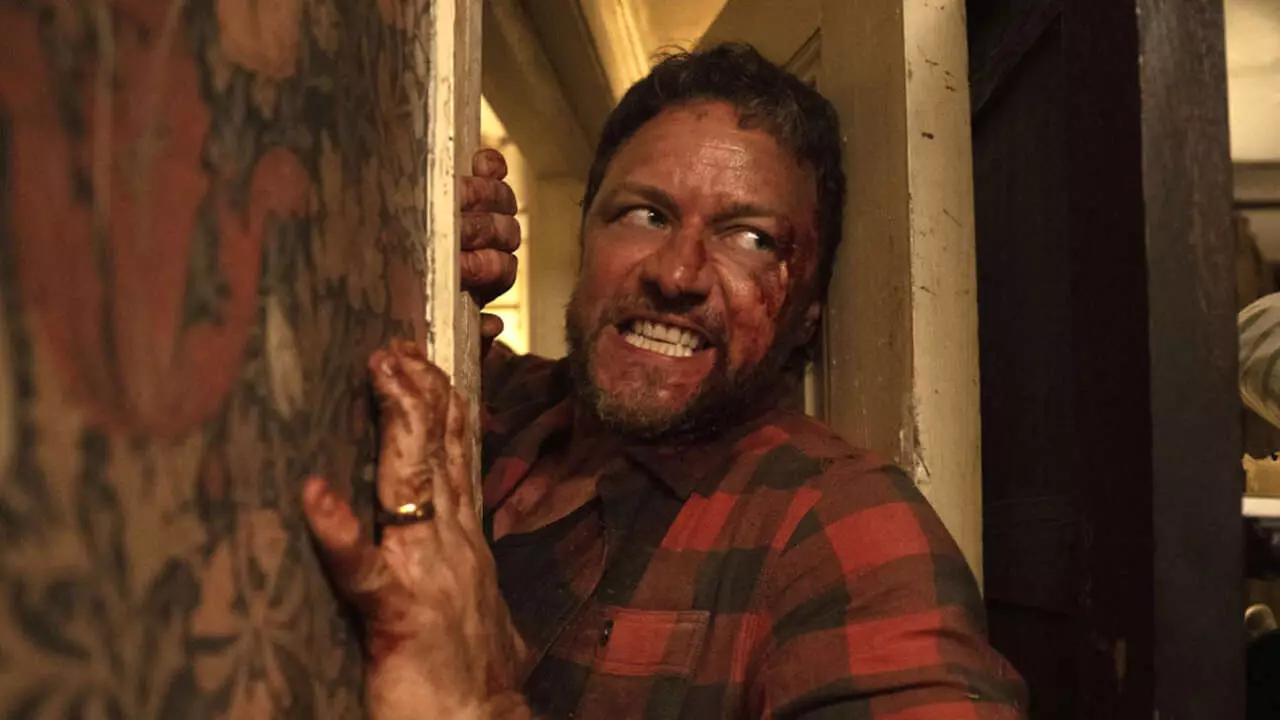The recent American adaptation of *Speak No Evil* has sparked considerable discussion both for its box office performance and its cultural implications. Upon its opening, the film showed moderate ticket sales that approached its low production budget. However, despite the financial success, the reception from Christian Tafdrup, the mind behind the original Danish film released in 2022, has been notably critical. Tafdrup’s response to the American version encapsulates a broader commentary on genre expectations and cultural storytelling.
The Heart of the Debate: A Clash of Endings
At the core of this dialogue is the stark contrast between the endings of the two films. In a revealing interview on the Danish radio show *Kulturen*, Tafdrup encapsulated his dismay over the altered conclusion in the American remake. With a clear preference for the original’s more nihilistic finale, he remarked, “I don’t know what it is about Americans, but they are brought up for a heroic tale, where the good must win over the bad.” This statement doesn’t merely critique a singular film but instead reflects a deeper examination of narratives within American cinema that often prioritize feel-good resolutions over the darker truths that underpin human experiences.
Tafdrup argued that the remake’s approach, which imbues the narrative with a semblance of justice and resolution, detracts from the film’s potential to challenge audiences. He highlighted that the catastrophic fate befalling characters in his original version was integral to its thematic intent, serving as both a shocking and thought-provoking commentary on human nature and morality. Contrastingly, the American iteration circumvents this by presenting a more sanitized outcome, which Tafdrup deems “less dangerous”.
While Tafdrup’s insights are valid, they also invite a discussion on the nature of audience expectations and the economic realities of filmmaking. James Watkins, the director of the American *Speak No Evil*, expertly tailored his product to resonate with audience preferences that often embrace narratives where protagonists triumph over adversity. With $24 million in global earnings, it is clear that Watkins’ vision aligns with the prevailing tastes of viewers who flock to theaters to see overcoming the odds, as opposed to confronting uncomfortable truths.
This divergence reveals a critical challenge for filmmakers: the balancing act between artistic integrity and commercial viability. Tafdrup’s disdain for the remake could indicate a fracture within the horror genre itself, where different cultural contexts shape not only the creative approach but also audience reception. Indeed, while the original film’s meandering into bleak territory may resonate with certain viewers, it risks alienating mainstream audiences who seek resolution.
As *Speak No Evil* continues its run in theaters, it stands as a beacon for future discussions about how horror can navigate cultural landscapes. Will filmmakers pursue paths that interrogate societal norms, or is the lure of guaranteed box office success too alluring? With multiple interpretations of the same story emerging from vastly different cultural backdrops, the horror genre is ripe for exploration, innovation, and—most importantly—a conversation about what truly resonates with viewers. This evolving dialogue will ultimately shape the future of horror filmmaking on both sides of the Atlantic.

